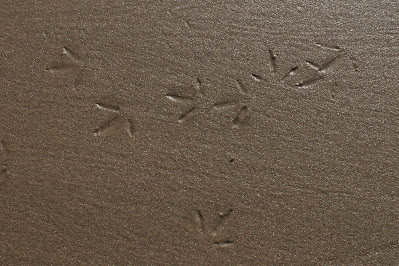I've been visiting Waun Pond also known as Dunlop Semtex Pond (DSP) in Brynmawr for many years now. Once upon a time I would visit weekly to count wildfowl to help build a picture of its ornithological value at a time when its future was uncertain, these days its more ad hoc.
Its industrial label follows the factory name that was once a dominant feature of the Heads of the Valleys landscape. Now long gone and the land redeveloped as a retail park and housing development the site has a different feel to its former brutalist life. In the process of its transformation the pond area was enhanced with a walk way and public viewing areas. Unfortunately, maintenance of these improvements has been almost non existent with a recent fire of the public realm area damaging much of its infrastructure the latest example of its continued rundown. Today, the pond and its immediate environment is privately owned and managed primarily for fishing. Visiting with binoculars and camera gear often arouses suspicion amongst the resident anglers who will stand and watch my movements around the pond. On occasion I've been visited by the owner on the basis that I was a potential poacher. Whilst I have no objection to fishing I feel its often the case that owners of waterbodies see their value only through the prism of fishing and therefore lease exclusive rights to fishing clubs. This exclusivity can subsequently introduce a defensive culture amongst the predominately male users that is can be intimating for other visitors such as myself who have no other objective but to study wildlife.
That said my latest visit was a brief one squeezed in between a shopping trip. A single angler could be seen watching me from his waterside shelter as I scanned the pond for wildfowl. 60+ Coot, a pair of resident Mute Swan around 10 Mallard and 16+ Tufted Duck so nothing unusual, until a two brightly coloured ducks came into view. Two male Shoveler were seen feeding close to the eastern margin of the lake. I will need to search my field note books for any previous records of this species but from memory these could be my first record.




















